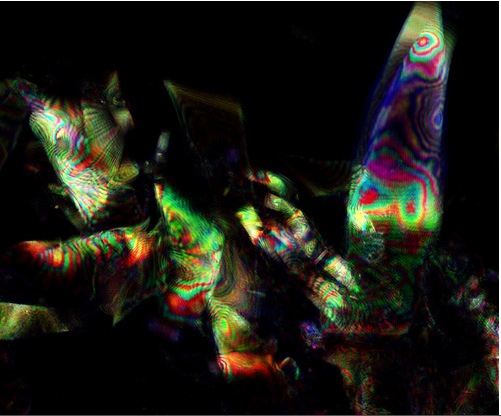Team:Cambridge/Project/prelim
From 2011.igem.org
| Line 12: | Line 12: | ||
[[File:Iridescent cells from around squid eye.jpg |thumb| 300px| left| Iridescent cells from around the squid eye, with thanks to Fernan Federici and Paul Grant]] | [[File:Iridescent cells from around squid eye.jpg |thumb| 300px| left| Iridescent cells from around the squid eye, with thanks to Fernan Federici and Paul Grant]] | ||
| - | + | <br style='clear:both' /> | |
{{Template:Team:Cambridge/CAM_2011_TEMPLATE_FOOT}} | {{Template:Team:Cambridge/CAM_2011_TEMPLATE_FOOT}} | ||
Revision as of 17:04, 10 September 2011
Preliminary observations
In order to get a real sense of what we were looking to achieve in our project, we felt that it was important to make some observations of native squid reflectin in vivo. We therefore obtained several specimens of Loligo opalescens and Loligo vulgaris squid from a local seafood restaurant and an online fishing bait store for dissection. We chose these species because the whole family of loliginid squid has been identified to contain reflectin, and these particular species were the only members of the family available to us. We used a confocal microscope to observe iridescent behaviour in eye and mantle tissue, by the following protocol. The stunning images produced provided a very useful reference to help us to identify what recombinant (well folded) reflectin could look like in E. coli, and definitely enthused the team to obtain bactiridescence!
Confocal Microscopy
We set the microscope to collect light reflected from the sample (emission and collection wavelengths overlap) as we were searching for iridescence. Paul Grant optimised the settings and the images were overlaid.
We are very grateful to Fernan Federici who helped us, taking this image using the 405nm, 488nm, 633nm laser beams and with the pinhole opened to a wider aperture.
 "
"

